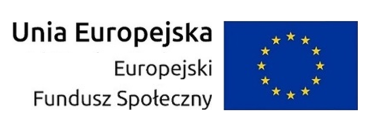Mathematical modeling for the COVID-19 pandemic
- Prelegent(ci)
- Maria Vela-Pérez
- Afiliacja
- Universidad Complutense de Madrid
- Język referatu
- angielski
- Termin
- 9 października 2024 14:15
- Pokój
- p. 5070
- Seminarium
- Seminarium Zakładu Biomatematyki i Teorii Gier
Since the emergence of the novel coronavirus SARS-CoV-2 in 2019, numerous mathematical models have been developed to analyze the progression of the COVID-19 pandemic [1, 2]. By late 2020, with the distribution of vaccines and the rise of more contagious variants, we introduced a model that accounted for these pivotal factors, demonstrating its effectiveness with real-world data from Italy [3]. In this presentation, we will provide an overview of the models we proposed. The framework is flexible enough to integrate new variants as they emerge, offering valuable insights into future case numbers and aiding public policy decisions regarding vaccine distribution and strategies for reopening.
References:
[1] B. Ivorra, M. R. Ferrández, M. Vela-Pérez and A. M. Ramos, Mathematical modeling of the spread of the coronavirus disease 2019 (COVID-19) taking into account the undetected infections. The case of China, Communications in Nonlinear Science and Numerical Simulation, 88:105303, 2020.
[2] A. M. Ramos, M. R. Ferrández, M. Vela-Pérez, A. B. Kubik, B. Ivorra, A simple but complex enough ε-SIR type model to be used with COVID-19 real data. Application to the case of Italy, Physica D: Nonlinear Phenomena, 421:132839, 2021.
[3] A. M. Ramos, M. Vela-Pérez, M. R. Ferrández, A. B. Kubik and B. Ivorra, Modeling the impact of SARS-CoV-2 variants and vaccines on the spread of COVID-19, Communications in Nonlinear Science and Numerical Simulation, 102:105937, 2021
 Nie jesteś zalogowany |
Nie jesteś zalogowany |



















